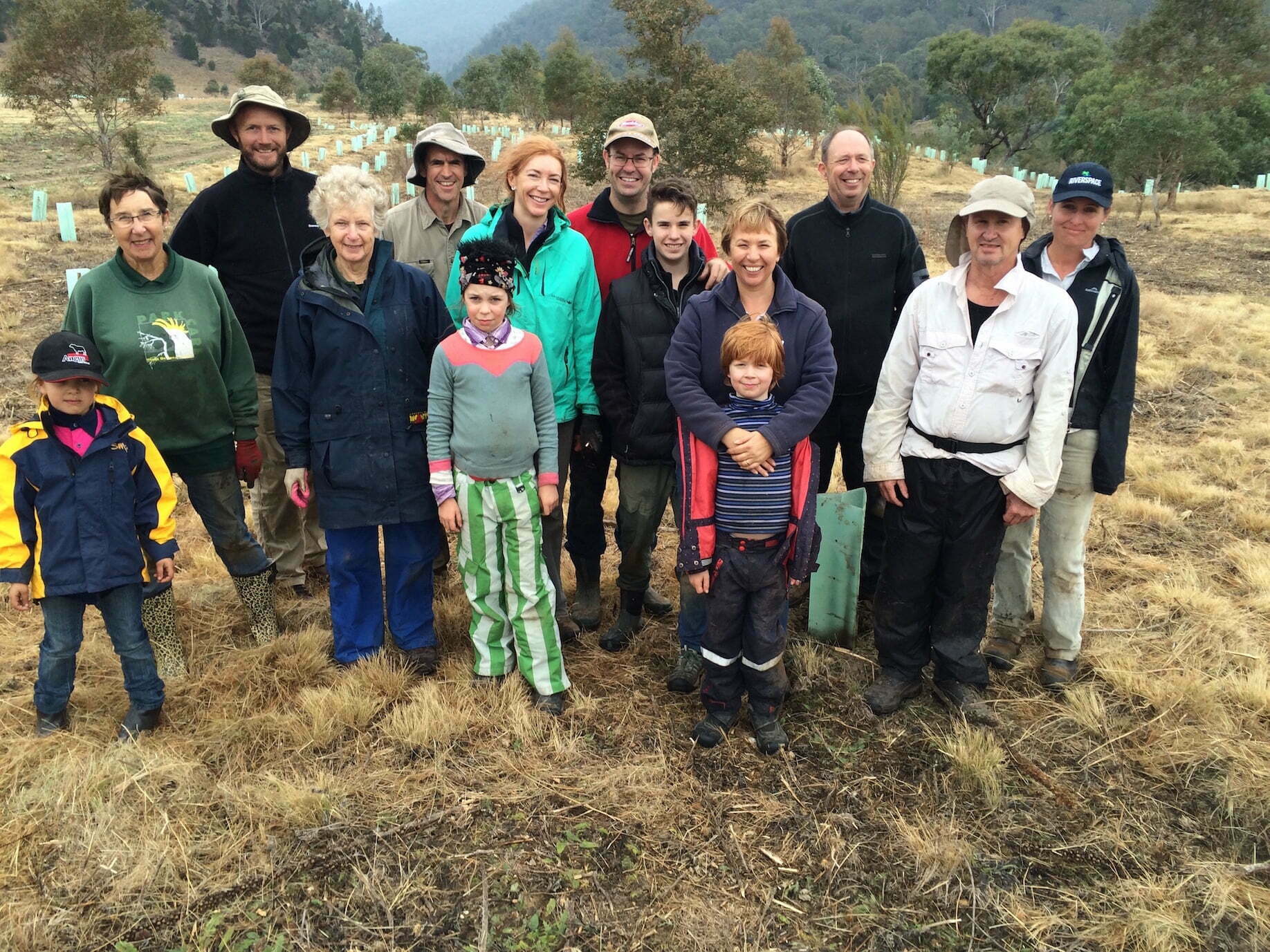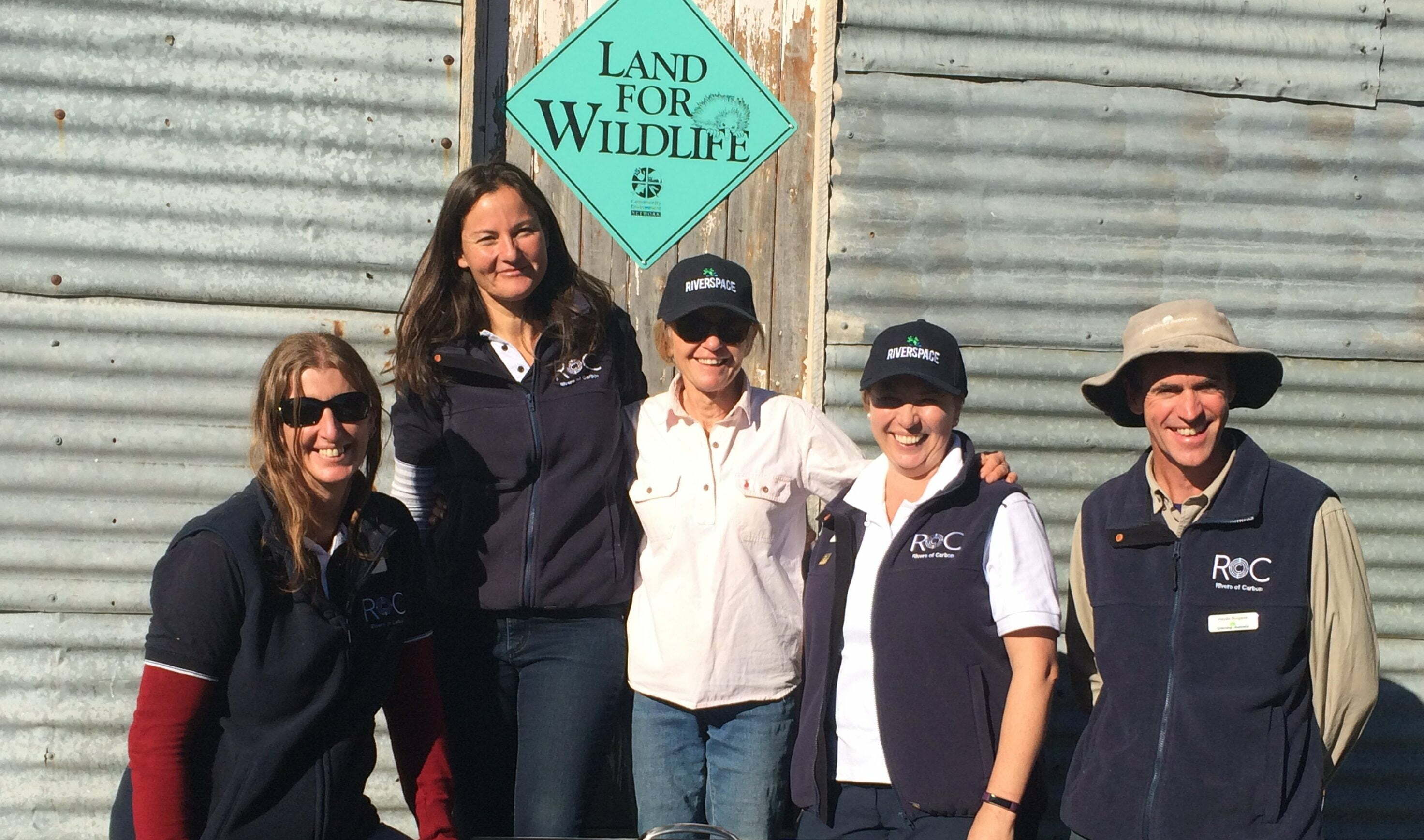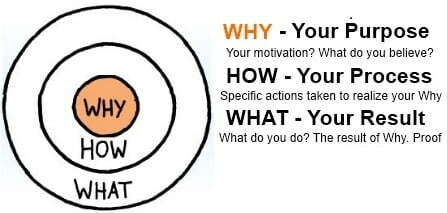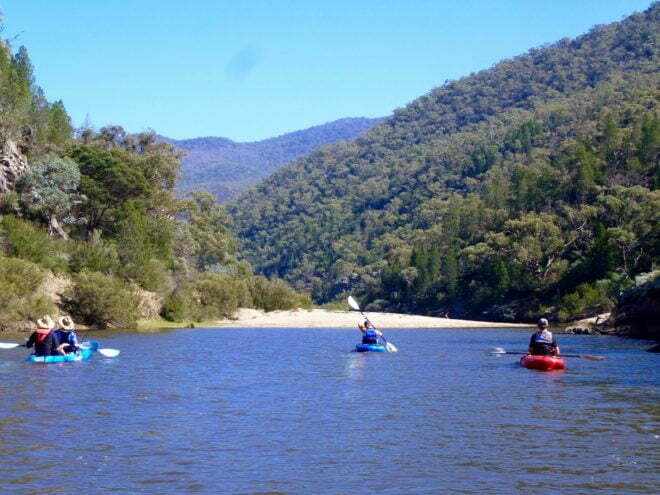Siwan Lovett shares what she has learnt after many years working in River Management, shining a light on why the Rivers of Carbon program is capturing the hearts and minds of people wanting to do their bit in response to climate change.
When I decided to go to university, after sampling a range of careers including stable-hand, waitress, secretary and telemarketer, I never thought I would end up running the Australian River Restoration Centre. My degree majored in sociology, organisational theory and administration – how on earth did I get to where I am now! Well, although it might seem strange, I use these skills every day working to make science relevant, meaningful and accessible to people from many different backgrounds, and with a wide range of interests.
What I have learnt over 20 years (and counting) of working in river management, is that rivers need people, and people need rivers, but that our approaches have tended to focus on the health of the river as being separate, rather than integral to the health of the communities that live, work and play along those riverbanks. This approach never sat well with me, as I don’t feel separate from my environment, and it is only when I have a strong personal connection to place and people, that I get motivated to act.
Fortunately, I was given opportunities during my time coordinating the National Riparian Lands Research and Development Program for Land & Water Australia, to combine biophysical and social disciplines, and to work with scientists, landholders and practitioners to try out different ways of doing this. Today, I am putting into practice what I have learnt, and it is really very simple – we need to tailor our expertise so that it becomes local, social and emotional. I will use our Rivers of Carbon (RoC) Program to demonstrate.
“If you feel like there’s something out there that you’re supposed to be doing, if you have a passion for it, then stop wishing and just do it.” – Wanda Sykes
Rivers of Carbon
The idea for RoC came from a conversation I had on the side of a road at Tuross Heads on the South Coast of New South Wales, where I was holidaying. Friend and colleague Lori Gould (then at Greening Australia) called to say there was an opportunity to apply for funding through the Biodiversity Fund, and why didn’t we give it a go. Lori and I had always wanted to work together, our skills complement each other, with her many years working with local communities to restore riparian areas, and my connections with scientists and communicators, a perfect fit.
Like many women, Lori and I had both worked in teams managed by men with strong biophysical skills, but with little appreciation for the emotional antennae and social science expertise that makes technical knowledge relevant to people. This situation is common worldwide, across most river management institutions, with women under represented in senior leadership positions. RoC presented us with an opportunity to ‘run the show’, and we were delighted when we secured funding to do just that.

The Scottsdale Mother’s Day planting.
Go local
We started by looking locally at the issues people were concerned about, the successes of the past, and what was already underway in the region. From the very start, we wanted RoC to support and add value to existing initiatives, fully cognisant of the efforts and work that had gone before. Too often as we move on to the next project, we forget to look back at what has been done, and to reflect on what we have learnt, to take forward. We also wanted to work with local groups, as it is their knowledge, expertise and connections that open the door to developing collaborative relationships that inspire action.
When we ‘tuned in’ to our local area, as well as drawing on our own concerns, climate change was clearly the number one issue, with people finding the facts, figures and temperature graphs alarming, but with very little in the way of practical information about what they could do in response. We know our planet is in trouble, and the slow pace of reform is heart breaking to watch, but we can act locally to mitigate climate change impacts, and this is where we decided to focus RoC’s efforts.
For us, going local meant being invited to work with local communities, and the Landcare network was a natural fit, with dedicated volunteers knowledgeable about their region and with a passion to get things done. Every RoC project works with a Landcare or equivalent volunteer group, to develop an idea, apply for funding and implement outcomes. This means that every investment made is on the basis of a negotiation with a local Landcare group about their priorities, and how RoC can help them to achieve their goals.
We also expanded our team to have local coordinators as our ‘stars’, people who live and work in the communities where RoC projects are underway. In addition, Greening Australia, as RoC’s on-ground delivery partner, is well known and respected across our region, with low staff turnover and long-term and enduring local relationships.

The RoC team with landholder Margie Fitzpatrick (centre) at her property ‘Australind’.
Make it social
When we talk about making it social, we are referring to investing in and building ‘social capital’. We often talk about ‘natural capital’ in the form of rivers, vegetation, soils etc but social capital is just as important. The idea of social capital grew out of the study of communities which showed that mutual reliance, an underlying sense of connectedness that builds trust, was what enabled communities to survive and flourish in times of stress. Social capital is the relationships, networks, interactions and people who make up the communities within which we work.
Using the work of Margaret Heffernan, RoC invests in social capital because it makes us more productive and creative. How? Because high levels of trust create a climate of safety and honesty, and this makes us more efficient, productive and able to help our communities. Why is being helpful important? Helpful teams of people accelerate the sharing of knowledge and expertise; we don’t let one another stay stuck or confused, and we try to prevent problems before they arise. Her quote explains:
“Social capital compounds even as we spend it. And the longer groups work together – the more social capital they accrue – the more these benefits grow. Trust, helpfulness, practice and courage become the simple renewables that power our working lives.” – Margaret Heffernan
Social capital also transcends culture. The meaning of ‘Ngunawal’ is we, the people, or us. RoC works within Ngunawal, Ngambri, Wiradjuri and Pejar Aboriginal Land Council boundaries, and the depth of indigenous knowledge about the rivers we care about is essential to developing a holistic approach to restoring rivers. We endeavour to be inclusive and respectful of Aboriginal culture and knowledge in all that we do, as well as trying to weave traditional living knowledge into our RoC approach.
Keep it emotional
When it comes to the environment there is a lot of negativity and despair characterising public debate. Reflecting on this, it became clear that one of the reasons climate change is such a divisive issue and ‘turn off’ for people, is because of the poor communication and scaremongering. With this in mind, the RoC team make a conscious effort not to use words like ‘struggle’, ‘hard’ and ‘overwhelming’ to describe river management. Instead, we offer people hope that they can make a difference, expertise that gives them confidence to act, and ongoing support.
The key word we use to describe what RoC is about is ’empower’ – we empower people to act in response to climate change by restoring their streams to boost biodiversity, sequester carbon and promote wellbeing. Feeling empowered is wonderful, and it is the ‘why’ of our RoC work. The way we usually communicate is to talk about ‘what we do’ and ‘how we do it’, and this tends to be the facts, figures, techniques and practices. If you think about the many forms and reports you complete, it is these ‘whats’ and ‘hows’ that make up the bulk of our metrics about the work that we do. The thing about facts and figures, however, is that they are not what make people act – it is our emotions that govern our decisions, and emotion is what underpins our ‘why’. Simon Sinek uses the Golden Circle to describe this approach and it permeates all that we do.

So what is the ‘why’ for RoC? The quote below describes the feelings that underpin our team, and this is how we introduce ourselves to the communities that we come to work with:
Choosing to save a river is more often an act of passion than of careful calculation. You make the choice because the river has touched your life in an intimate and irreversible way, because you are unwilling to accept its loss.” – David Bolling
Sharing these ideas
I am sharing these ideas with you because they come from my years working in river management, learning from others, reading, observing, and giving things a go. Please take or leave the bits that relate to you, and which you feel you might be able to use in your work. I know for myself and my team that we believe our greatest achievement is when we inspire and support people to care for their rivers, and encourage them to pass their learnings on to others. We give people the hope that in the face of climate change they can do something to adapt to an uncertain future. If we manage our small streams well, then the big rivers they flow into are also healthier, more productive and wonderful places to be. Healthy rivers mean healthy communities, and for us, that is what Rivers of Carbon is all about.
You can download a pdf of the article ‘To thrive – it’s local, social and emotional‘.
To read more stories about the work that the Rivers of Carbon team do you can purchase or download a copy of RipRap 40.

